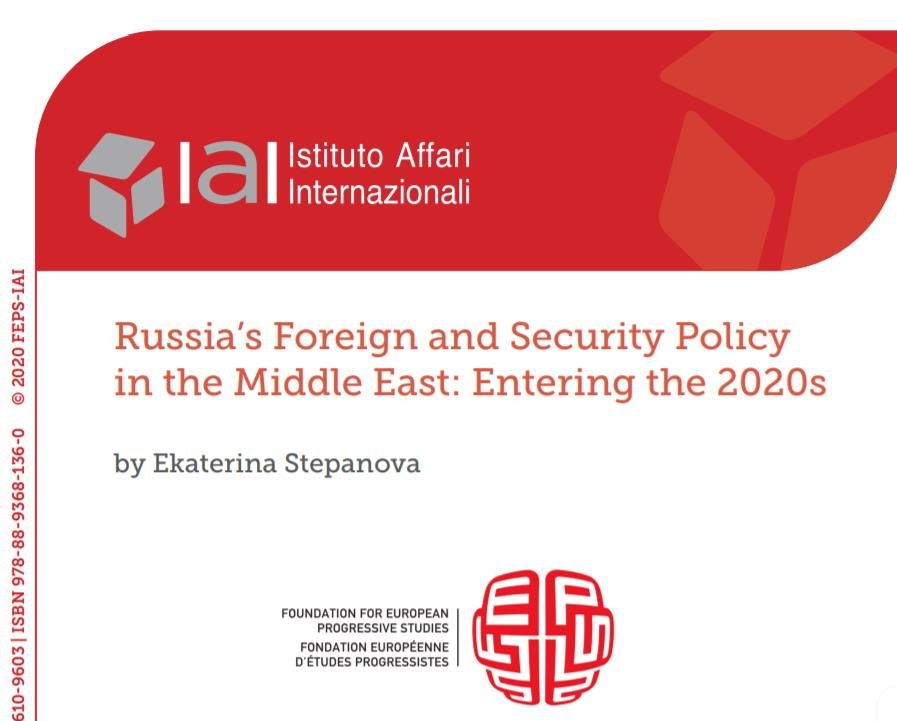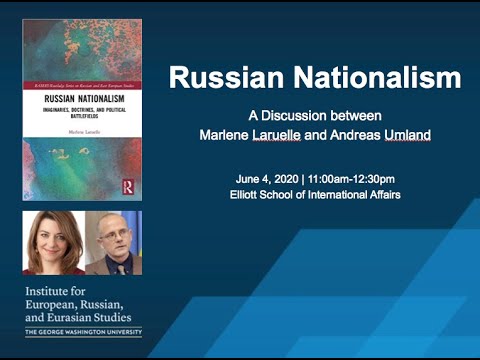(IAI Papers) As Russia has become a major external player in the Middle East and North Africa (MENA) region due to its military engagement in Syria since 2015, it has acted as a balancer and mediator in several regional controversies and has continued to serve as a security guarantor for the Syrian state. This course has brought Moscow some practical dividends, such as growing economic and military-technical cooperation with select MENA countries, and has spurred its broader international profile. However, entering the 2020s, the risks of more active engagement in the Middle East have also mounted, making Russia’s balancing act more difficult. In three cases where Russia’s involvement has been visible (Syria, Libya and the Israeli-Palestinian problem), evolving developments challenge Moscow’s acquired influence and multi-vector approach, but also create new opportunities for its engagement and mediation. Above all, the 2020 US–Iran crisis catalysed the urgent need for structured regional dialogue, especially across the Persian Gulf. While this requires direct interaction between the region’s main antagonists, the initial impulse to unlock the trans-Gulf impasse might need to come from the outside. A process-oriented blueprint for inclusive multilateral security in the Gulf proposed by Russia in 2019 is a step in the right direction, but to be activated it may need to come as part of some broader international initiative.
Paper produced in the framework of the FEPS-IAI project “Fostering a New Security Architecture in the Middle East,” June 2020.
Read More © Istituto Affari Internazionali











